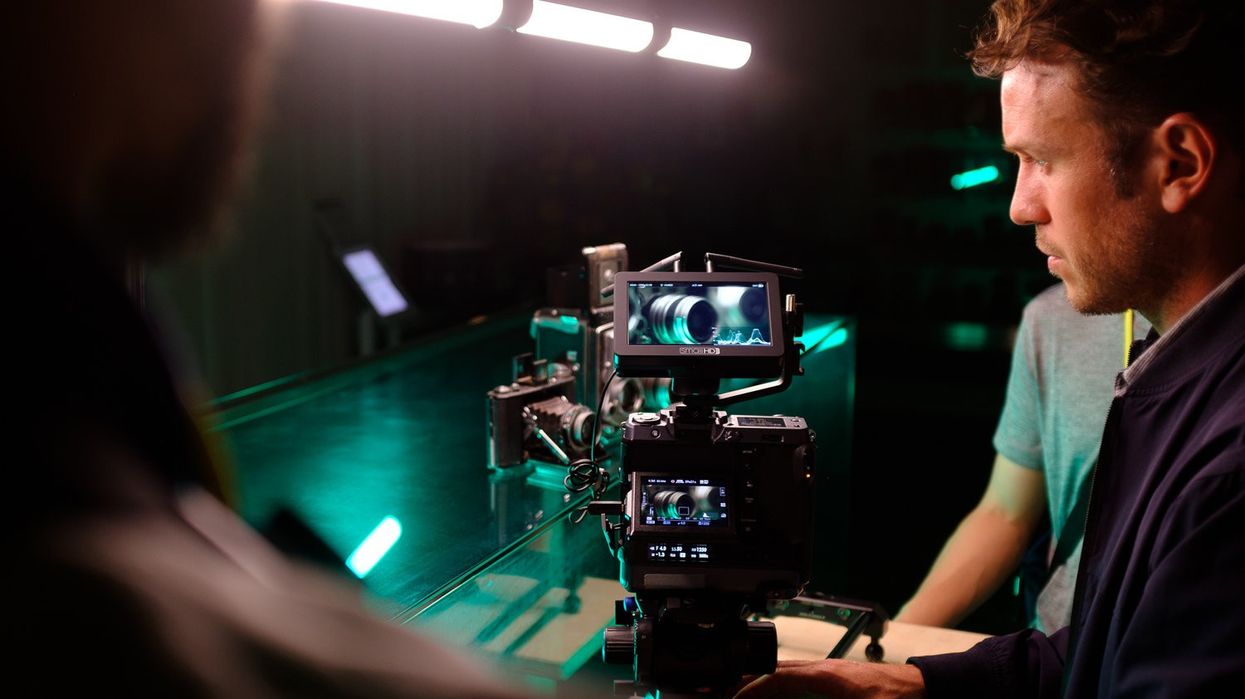Is Medium Format Ready for Filmmakers? Muse Seems to Think So
Storytelling masters Muse got to shoot a few projects with the new Fujifilm GFX100 with its massive sensor and say the era of medium format cinematography might be getting really close.

It's no secret we're excited about medium format cinematography. While the depth-of-field is going to be small, the image quality of that massive medium format sensor has a quality that just can't be created any other way.
Which is why we were really excited to see the announcement of the GFX-100 from Fujifilm earlier this spring promising the first medium format digital camera that clearly had filmmakers in mind in its design.
While we haven't had a chance to test it yet ourselves, the folks at Muse have shot a few projects on it already and have a review up with some very interesting takeaways.
There's a lot there, but there were a few big things that caught our attention:
In-Body Image Stabilization Impressed Them Tremendously
First off, it's great to hear real-world reports that the in-body image stabilization is impressive. Rolling shutter artifacts are one of the big fears you get with a big sensor camera, and it's exciting that they shot the whole review handheld, including macro shots.
The footage holds up well without terrible rolling shutter artifacts jell-o-ing the image to oblivion. We have always been amazed at the IBIS in the XH1 (it's why we stubbornly love that camera that no one else seems to love...but us), and hearing that it is a useable part of the GFX is great news.
You Can Run Both Film Simulation and F-Log at the Same Time
While most No Film School readers likely won't want to run internal film simulation and would rather shoot to plain old log and do a final grade themselves, Fuji has worked hard to make the film simulations useable, and seeing them in action without heavy post retouching is very useful.
Frankly, there will be jobs where it makes sense to use the simulations just for sheer speed, like if you are shooting today to deliver tonight, a nice look baked into your footage can be the difference between delivering or not. On top of that, running F-log out to an external recorder while doing simulation to the internal is pretty cool, though we're bummed there isn't RAW over HDMI (yet!).
Slight Overexposure Seems Best
In somewhat of a surprise, their testing left them feeling like a bit of overexposure was best and that any underexposure leads to some noticeable noise.
While of course digital cameras usually want to expose as brightly as you can without clipping out, the massive sensor should make low-light images possible. One of the first things people did with the 5D and Sony A7 full-frame cameras was see how far they could go in low-light, and we're curious to see what results are available with the GFX. For now, though, over/under tests are even higher on our priority list when we do our own tests, paired up with some digital post noise correction to see what we really can do.
Two Batteries Seemed to Hold Up
This is frankly the biggest surprise in the entire test. We assumed that the massive sensor would be a huge power hog, but they claim they were getting through 90-minute interviews without changing batteries and that they think sometimes you could get through a whole shoot without a battery swap. Which is crazy. And exciting.
Check out Muse's full blog post for more on their GFX100 tests.
Do you think we're headed into medium format filmmaking? Let us know down below.
Source: Muse














